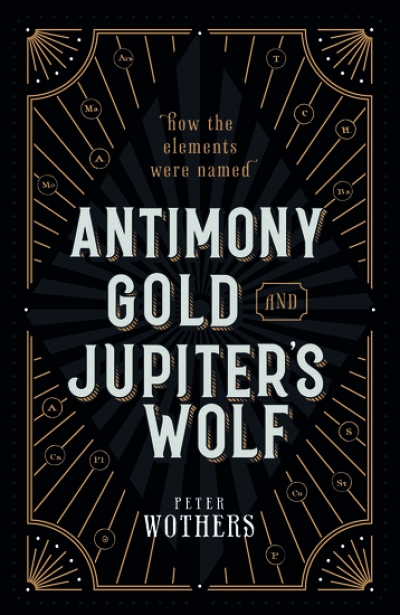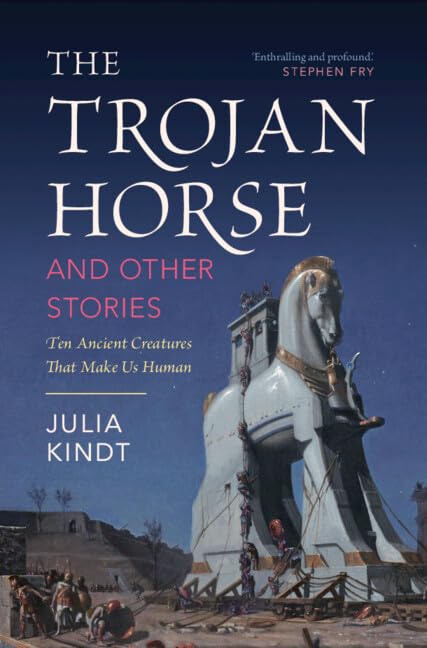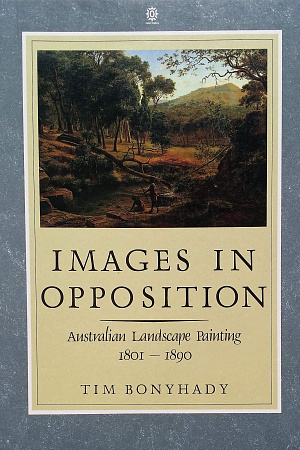Antimony, Gold, and Jupiter’s Wolf: How the elements were named
Oxford University Press, $40.95 hb, 280 pp
Antimony, Gold, and Jupiter’s Wolf: How the elements were named by Peter Wothers
Imagine you’re trying to make sense of the universe five hundred years ago, when astronomers believe there are just seven visible ‘planets’ wandering about the Earth: the sun and moon plus Mercury to Saturn. Intriguingly, there are also seven known metals: gold, silver, copper, iron, tin, lead, and mercury. For hundreds of years there have been just seven known ‘planets’ and seven metals. Wouldn’t you be just a little tempted to see more than a coincidence here? Take gold, for example, which ‘does not react with anything in the air or the ground, and so retains its brilliance seemingly forever’: surely its power is similar to that of the ever-shining sun?
Continue reading for only $10 per month. Subscribe and gain full access to Australian Book Review. Already a subscriber? Sign in. If you need assistance, feel free to contact us.









